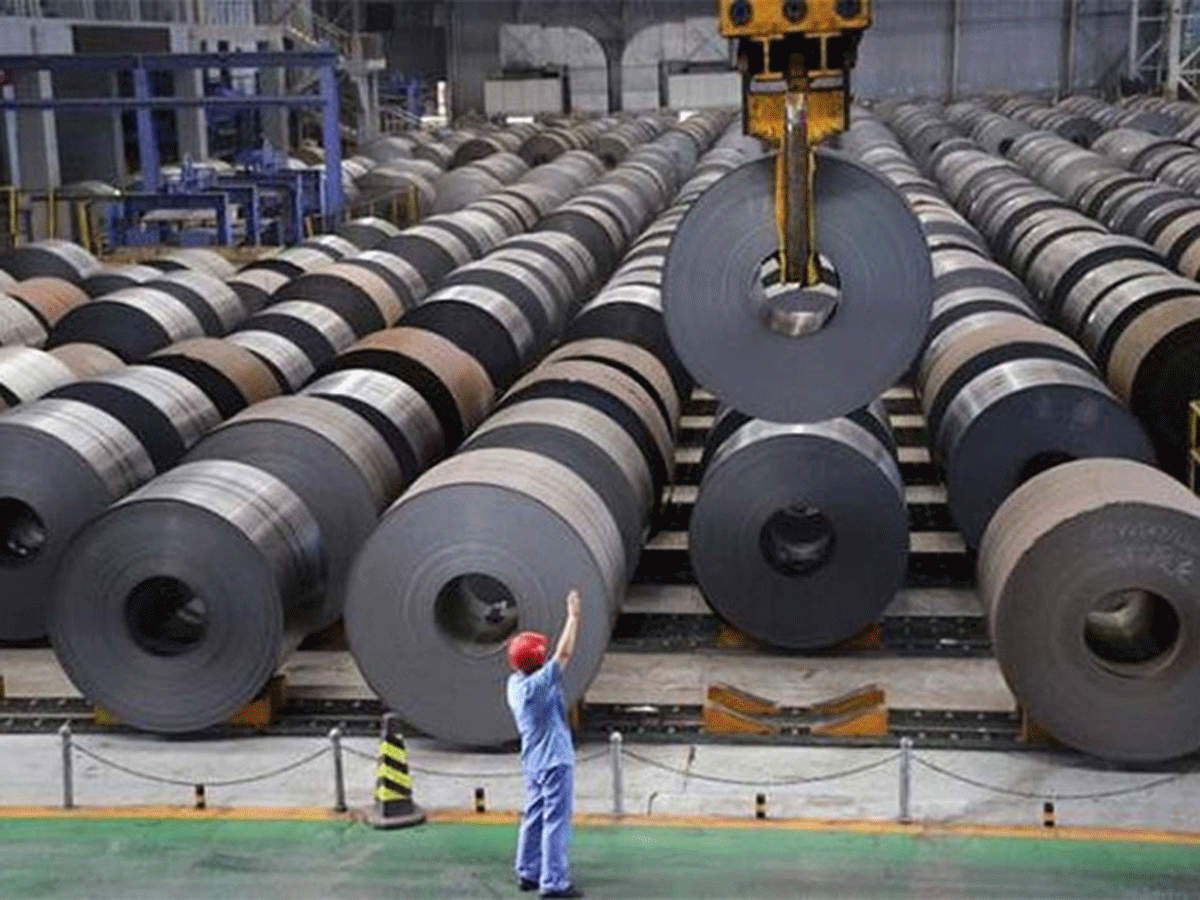Steel is viewed as a pillar of modern civilization due to its wide usage today. Steel manufacturers in India play a significant role within the country and beyond and have evolved remarkably over the years. From the bloomer furnaces that were used in the past to the blast furnaces during the industrial revolution and today, the cutting-edge technologies, the evolution is immense.
In past times, steel production was labor intensive and typically consumed a lot of time due to the processes involved. These traditional methods were quite effective, but they had great limitations in terms of scalability. Over time, things have changed significantly, and the industry is no longer as it was in its infancy.
Traditional Methods
Steelmaking can be traced back to very many years ago, during ancient civilizations like the Egyptians. They discovered smelting practices for iron extraction. With time, different techniques were used to help refine steel and iron, including crucible steel and bloomery furnace process. The traditional methods used charcoal fuel widely. They were highly labor intensive, and only small quantities were produced. There wasn't much quality variation. This laid the foundation of the industry as we know it today, with the high carbon steel manufacturers playing a major role in shaping the industry.
The Bessemer Process During The Industrial Revolution Era
In the 18th and 19th centuries, steel production was revolutionized. This was due to the introduction of the Bessemer process in 1856. This was invented by Henry Bessemer, and it was a major milestone in steelmaking history.
The Bessemer process utilized air, which was blown through molten pig iron. The main intention here was to regulate the carbon content and remove impurities. With the adoption of this method, mass production of steel was possible at a lower cost. The process led to the creation of huge steel mills and blast furnaces. This led to the greatest growth in the steel industry that had not been witnessed before.
Electric Arc And Oxygen Furnaces
Later in the 20th century, another technology was introduced, propelling the industry further. The use of basic oxygen furnaces took the place of Bessemer converters. It became the primary method for processing molten iron into steel. Typically, oxygen was blown into the iron in a molten state to oxidize the impurities. This led to even higher-grade steel and faster turnaround rates.
Electric furnaces were introduced at the same time, and they helped recycle steel scrap. This meant lower reliance on ore.
Advanced Technologies
Spring steel coil suppliers and other players today rely on advanced steel manufacturing technologies. In the 21st century, advanced technologies have been widely adopted, improving efficiency and innovation. 3D printing or additive manufacturing is now one of the areas being exploited to create complex components using customized designs and intricate geometries.
C80 steel-grade suppliers and manufacturers now enjoy the results of automation and robotics used during manufacturing. This has led to safer, higher productivity, and access to a greater range of steel products in India.
Today, digitization initiatives leverage the Internet of Things, AI, and data analytics to optimize production schedules. It also aims to improve quality and monitor performance during steel production.
Sustainability
The best en8 steel grade suppliers look at the steel quality and sustainability. With the escalating environmental concerns taking center stage, sustainable practices are preferred over others. Alternative prices are now embraced to reduce the carbon footprint and energy consumption.
Steel manufacturers rely on carbon capture technologies and renewable energy options to mitigate the negative environmental impact in India. Recycling is also at the initiative's core, playing a role in waste production and conserving resources.
Embracing The Market Dynamics
In conclusion, it's important for steel manufacturers to embrace innovation to uphold sustainability and efficiency in the industry. Turning away from rudimentary technologies and choosing innovative options is one of the best ways to improve quality and reduce negative environmental impacts. Sustainability, automation, and digitalization are at the core of the industry and will keep shaping it in the future.





Comments